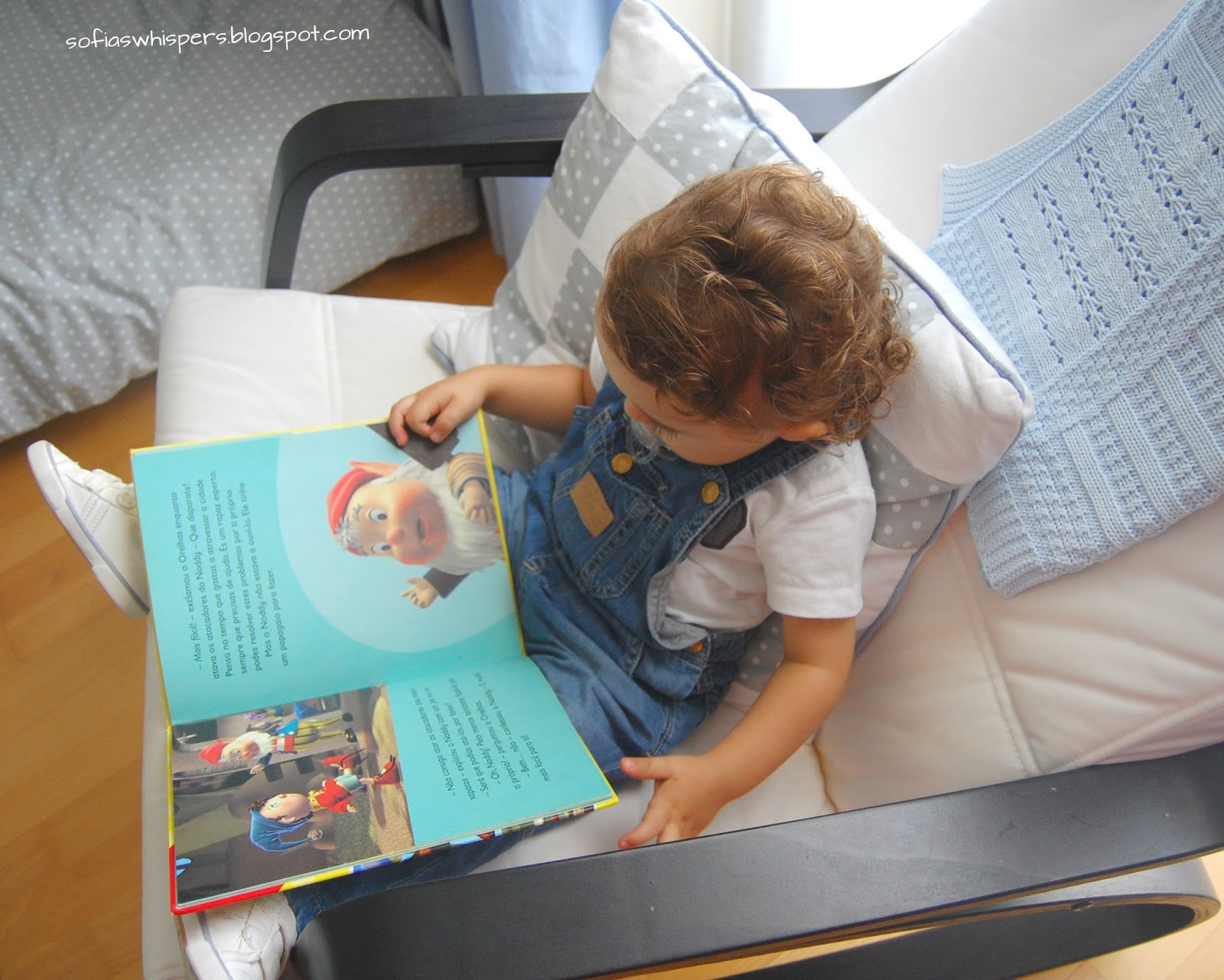Há algumas semanas atrás fiz a minha primeira marmelada.
Por norma há sempre uma taça reservada para mim de todas as frentes: da mãe, da sogra, das tias... por isso nunca me aventurei antes nesta tarefa extenuante e cheia de técnicas e truques, mas este ano deu-me vontade de experimentar fazer a minha própria marmelada.
Porquê? Porque é importante fazer perdurar este tipo de coisas que sempre se fizeram à nossa volta, e a única forma de se aprender convenientemente é simplesmente fazer.
Porquê? Porque é importante fazer perdurar este tipo de coisas que sempre se fizeram à nossa volta, e a única forma de se aprender convenientemente é simplesmente fazer.
Curiosidades:
A marmelada pode ter várias tonalidades, variando entre o amarelo e o vermelho. Existe uma série de explicações para isso: há defensores que dizem ter a ver com o tempo que o marmelo fica exposto ao ar após estar descascado e a sua consequente oxidação, outros defendem que o marmelo reage ao metal da faca, há ainda quem acredite que a casca do marmelo é o grande causador da cor mais escura...
Para mim a explicação que faz mais sentido é a do ponto do açucar, quanto mais ponto tiver mais escura a marmelada fica.
Voto mesmo nesta justificação porque como tinha uma caixa relativamente grande de marmelos tive que fazer várias levas. Nenhuma saiu igual e obtive uma amostra de todas as tonalidades possíveis.
Depois da bagunça na cozinha vem a melhor parte: Escolher um bom queijo e apreciar esta tradicional sobremesa!
A marmelada pode ter várias tonalidades, variando entre o amarelo e o vermelho. Existe uma série de explicações para isso: há defensores que dizem ter a ver com o tempo que o marmelo fica exposto ao ar após estar descascado e a sua consequente oxidação, outros defendem que o marmelo reage ao metal da faca, há ainda quem acredite que a casca do marmelo é o grande causador da cor mais escura...
Para mim a explicação que faz mais sentido é a do ponto do açucar, quanto mais ponto tiver mais escura a marmelada fica.
Voto mesmo nesta justificação porque como tinha uma caixa relativamente grande de marmelos tive que fazer várias levas. Nenhuma saiu igual e obtive uma amostra de todas as tonalidades possíveis.
Depois da bagunça na cozinha vem a melhor parte: Escolher um bom queijo e apreciar esta tradicional sobremesa!
**************************************
A few weeks ago I made my first quince paste.
Usually there is always a bowl reserved for me, from all fronts: mom, mother in law, aunts... Enough quantity for the whole year. Sufficient reason for me not to ever ventured in this exhausting task, full of techniques and tricks... This year though I decided to make my own quince paste.
Why? Because it's important to perpetuate this kind of things that have always been made around us, and the only way I know to learn it conveniently is just doing it.
Curiosities:
The quince paste (or quince cheese?) may have different shades, ranging from yellow to red. I found a wide number of explanations for this: there are people who say it has something to do with the time that the quince is exposed to the air after being peeled and its subsequent oxidation, others argue that the quince reacts to the metal of the knife, there are still those who believe that the quince peel is the major cause of the darker color...
To me the only explanation that makes sense is the candy temperature, as much temperature as much darker the quince paste will become.
I bet on this one because I had a relatively large box of quinces so I had to make several attempts. None came out the same, so I got a sample of all possible hues.
After the mess in the kitchen comes the best part: Choosing a good cheese and enjoy this traditional dessert!
Why? Because it's important to perpetuate this kind of things that have always been made around us, and the only way I know to learn it conveniently is just doing it.
Curiosities:
The quince paste (or quince cheese?) may have different shades, ranging from yellow to red. I found a wide number of explanations for this: there are people who say it has something to do with the time that the quince is exposed to the air after being peeled and its subsequent oxidation, others argue that the quince reacts to the metal of the knife, there are still those who believe that the quince peel is the major cause of the darker color...
To me the only explanation that makes sense is the candy temperature, as much temperature as much darker the quince paste will become.
I bet on this one because I had a relatively large box of quinces so I had to make several attempts. None came out the same, so I got a sample of all possible hues.
After the mess in the kitchen comes the best part: Choosing a good cheese and enjoy this traditional dessert!
Pode seguir Sofias's Whispers através:
You can follow Sofia's Whispers on:











